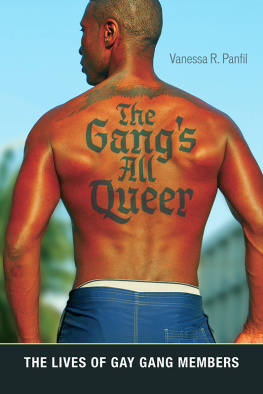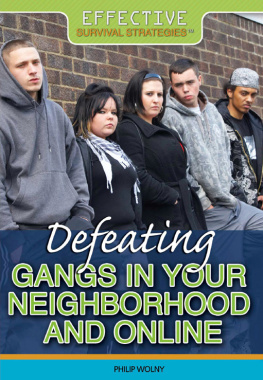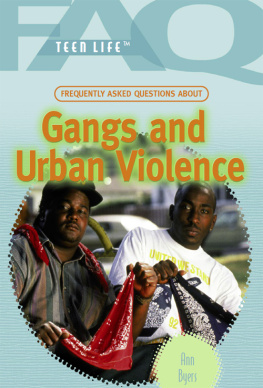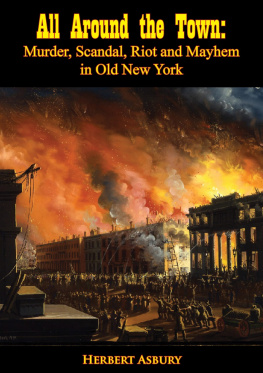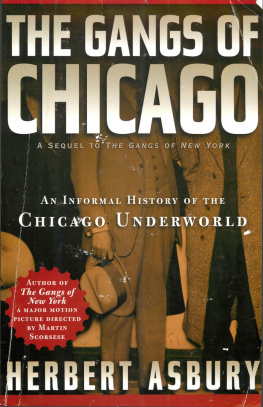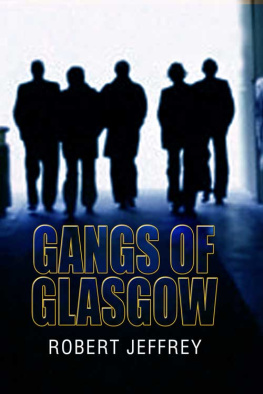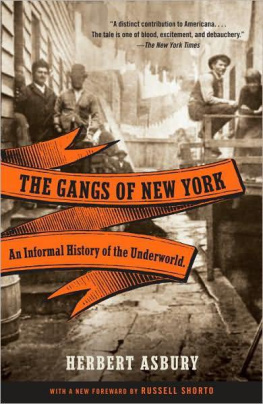From a small settlement at the tip of Lower Manhattan in the 1600s to todays bustling metropolis, New York is a city that constantly evolves. However, in the nineteenth century there existed a seedy underbelly in lower New York, in a neighborhood known as the Five Pointsa notorious slum that wallowed in rampant violence via a number of causes, including crime, prostitution, gambling, poor sanitation, overcrowding, political corruption, an ineffective police department, and racial and religious intolerance among the immigrant population.
Out of these conditions rose numerous street gangs, who ruled lower Manhattan for the better part of the century, and were primarily comprised of immigrants, with names like the Bowery Boys, the Dead Rabbits, the Shirt Tails, the Forty Thieves and The Daybreak Boys.
One of the most detailed accounts of this era is Herbert Asburys The Gangs of New York: An Informal History of the Underworld, originally published in 1928, which has served as an authoritative text on the topic. The book also served as the basis for Martin Scorseses 2002 film, which starred Daniel Day-Lewis.
Though many scholars and historians have discovered Asburys book to be highly romanticized and embellished, it does provide an intriguing window into a time gone by, a time when decadence and violence were normal occurrences in a place where street gangs ruled the city.
Chapter 1: The Creation of the Five Points
While the Five Points district of Manhattan no longer exists, at its peak it was notorious for being one of the most crime and disease riddled slums in the city.
During the early nineteenth century, Manhattan was not nearly the booming metropolis it is today. Hardly stretching beyond 14th Street (to the North was scattered houses and farmland), and south of that area, the city was comprised of a chaotic network of oddly shaped streets and triangular blocks, much resembling a European city.
Originally known as Paradise Square, the Five Points neighborhood received its more legendary moniker in the late 1820s, based on an intersection of five streets (Anthony, Cross, Little Water, Mulberry and Orange), which geographically had a five-corner shape.
Initially, Five Points could be seen as a crude equivalent to modern-day suburbs, with a community of modest houses where people went about their everyday business. Many of the houses and businesses at the time surrounded what was known as Collect Pond, a 48-acre fresh body of water that offered freshwater fish and supplied the city with drinking water. In the 1700s, the pond could be seen as a predecessor to Central Park, where people had picnics, enjoyed fishing and even went ice-skating during the winter months.
By the early 1800s, the vibe of the area began to change as businesses, such as slaughterhouses, sprang up rapidly along the banks of the pond. The runoff from these businesses flowed back into the water, eventually causing it to become polluted. Conditions were so poor that the area became equivalent to a sewer.
To solve the problem, the city decided to drain the pond and fill it with dirt. During this renovation, the new neighborhood was known as Paradise Square.
The city did only a lackluster job, and as a result, much of the housing in Five Points fell into disrepair. The neighborhood soon became a health hazard, as methane gas got released into the air from decomposing vegetation. With no storm sewers to handle floodwaters, the ground also began to sink, which led to excessively muddy streets, an abundance of human waste and the onset of inevitable disease.
By the 1820s, many residents left Five Points for other parts of the city, allowing for recently arrived Irish Catholic immigrants, attempting to escape the horrid conditions of the Potato Famine, to move into the neighborhood.
Around 1838, the Manhattan Detention Complex, also known as The Tombs, was built on White Street. The building, which took up an entire city block, was built on top of the filled-in Collect Pond.
Many of the incarcerated, as well as city judges and police, began to complain of the buildings unsanitary conditions. Not long after it had been constructed, it also began to sink.
Despite calls for it to be demolished, the original building stood until 1902, when it was finally taken down and replaced. Many of the gang members in our story would be incarcerated here, and several of them met their fate at the end of the hangmans rope.
Immigration and the Five Points
In terms of demographics, the Five Points was unique as it was somewhat racially mixed, comprised of newly arrived European immigrants and emancipated African Americans. By the start of the nineteenth century, there were roughly 60,000 inhabitants in New York City, which grew to over one million by 1900.
By escaping the famine in Ireland, Irish Immigrants saw America as an opportunity to find employment. Next to the Irish, there were large quantities of Germans, English, Italians, Chinese, African Americans and Eastern European Jews, all coming to America and planting new roots in New York.
Work was plentiful, and employers saw the new arrivals as a form of cheap labor. In the Five Points, it would mainly be the Irish & African Americans who would settle there.
The Irish already had a presence in New York, dating back to the eighteenth century. As for African Americans, slavery had been abolished in New York in 1827. While there was very likely some racial tension at the time, the two groups would be able to co-exist until the African Americans gradually left the neighborhood for other parts of Manhattan, mainly the West Side, as well as the northern tip of the island, where some of their dwellings still exist and have been restored.
Nightlife in the Five Points
According to Asbury, the popular pastime in the Five Points was dancing, and plenty of dance halls soon opened up in the area, which would stay open into the wee hours of the morning. The dance halls were racially integrated, and it is believed that an embryonic form of tap dancing derived from these clubs, from the combination of Irish step dancing and an African American dance known as the shuffle.
In many ways, the Five Points had its own artistic culture, which also included theatre, boxing matches (mainly bare knuckle fist fights, which were illegal in New York at the time), minstrel shows and music.
Minstrel shows had been popular in New York starting in the 1820s, yet these particular shows were seen then, as they are today, as incredibly racist. The mocking of African American culture in these shows would give white audiences a feeling of superiority, helping to reaffirm the attitude that there was nothing wrong with slavery and that African Americans were inferior. The irony here is that most native-born New Yorkers held the opinion that the African Americans and the Irish were equally worthless.
Bare knuckle boxing, while illegal at the time, was also a great outlet for the gangs, as the members often competed as a way to make some extra funds and even some political connections. If you were a successful fighter, then you would develop a certain reputation and earn respect from your peers, which could even lead to political success. Many gangsters were conscientious enough to understand the goal of political power and would use this power to better themselves and, one would hope, their community.


